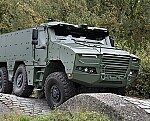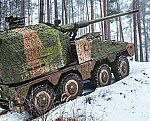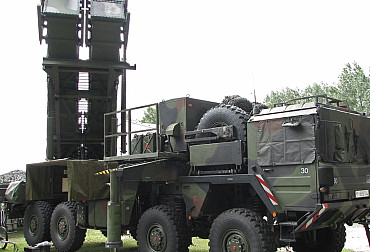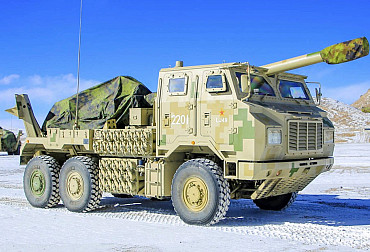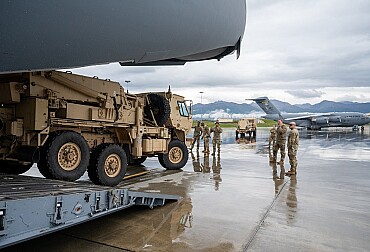Tanks are, and will continue to be, an integral part of warfare
Tanks have been part of the debate among military experts and analysts for the past few decades. In professional discussions and communities, one can encounter the opinion that tanks are long over the horizon, practically useless on modern battlefields and a relic of the last century. In this context, the recent fighting in Nagorno-Karabakh and the ongoing conflict in Ukraine are often cited as examples. But is it really appropriate to talk about the end of tanks?
Critics of tanks often focus their arguments on the vulnerability of these weapon systems on battlefields which are currently dominated by unmanned systems, loitering munitions or advanced anti-tank guided missiles. According to advocates of this view, the Second Nagorno-Karabakh War in 2021 and the ongoing war in Ukraine are proof that tanks do not stand a chance against modern military equipment. Are these people right, and can it be argued that tanks have really become obsolete?
Despite the huge technological advances in the field of weaponry over the last few decades, tanks are still the main firepower of land forces. There is no more advanced ground-based weapon system in the world today that has comparable firepower to a tank. For this reason, a considerable part of the expert community is inclined to the view that the tank is the most effective firepower against armoured vehicles and enemy positions. In this context, British expert on ground forces Nicholas Drummond adds that despite modern technology, it is tanks, in combination with other elements of the ground forces, that can physically occupy and hold territory. This point is also demonstrated in the conflict in Ukraine, where both sides hold positions in the east of the country thanks to the ground forces of which tanks are a major component.
One can partially agree with the argument that tanks are a vulnerable weapon on the battlefield. However, it must be stated that not only tanks but also other ground equipment is vulnerable if it is not adequately interconnected with other types of troops. Analyst Rob Lee argues that in both Nagorno-Karabakh and Ukraine, tanks were and are an easy target for drones, loitering munitions and artillery because the lack of interconnection between troops did not provide tanks with sufficient support.

According to Rob Lee, in Nagorno-Karabakh, Azerbaijan managed to gain air supremacy very quickly, using unmanned systems to destroy more than half of the air defence systems of the unrecognised Republic of Artsakh (an unrecognised state formation on the territory of Nagorno-Karabakh). Subsequently, Azerbaijan used drones to attack ground targets that were not particularly protected against aerial attacks. In the case of the Russian army in Ukraine, tanks were an easy target for Ukrainian anti-tank missiles, partially because the tank formations did not have sufficient infantry support, while at the same time there were huge logistical problems on the Russian side that were devastating for the tanks.
The fact that tanks are not a scrap and are still an important element in the combat operations is evidenced by the fact that many European and non-European countries are modernizing their tank battalions. Perhaps the most significant modernisation of tank forces among European countries is underway in Poland. Poland has ordered nearly 1,000 K2 Black Panther tanks in the autumn of 2022, with 800 vehicles to be produced in Poland in the polonised K2 PL version. In the same year, Poland also announced the purchase of 250 upgraded M1A2 Abrams tanks, and last year, a contract was signed for another 116 Abrams tanks in the M1A1 version. In addition to Poland, Italy is also buying modern tanks, as it is interested in 132 Leopard 2 tanks in the latest A8 version.

Lithuania is also buying the same type of tanks, and Germany and the Czech Republic are planning to buy them in the future. The UK is developing a new tank under the Challenger 3 designation. Among non-European countries, South Korea is working to improve its tank capabilities, boosting production of K2 Black Panther tanks and progressively working on the idea of developing a new K3 tank. Japan, for its part, is in the process of acquiring more Type 10 tanks of domestic origin, and Bahrain, for example, recently received permission from the US to buy 50 M1A2 Abrams SEPv3 tanks.
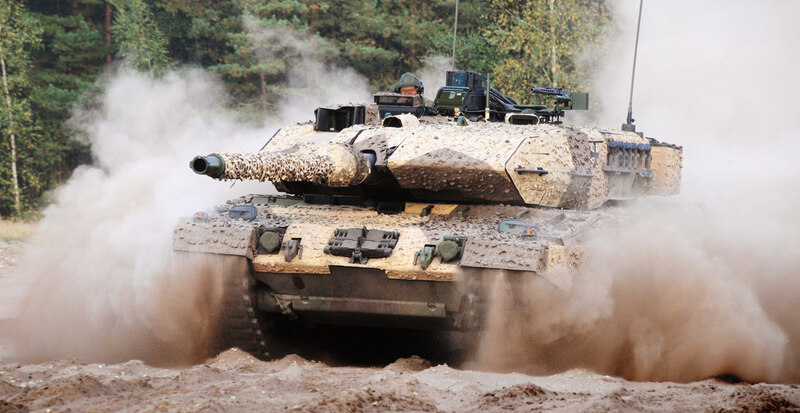
As described above, tanks still have much to offer on the modern battlefield. In order to make these weapon systems as effective as possible, lessons learned from recent conflicts need to be applied into their architecture. We are already seeing the integration of more advanced active protection systems, or cope cages that make them more resistant to drone attacks. However, in addition to technical and technological improvements, it is also necessary to focus on supporting tank units in specific operations, as well as on appropriate logistics, which are crucial for tanks.



